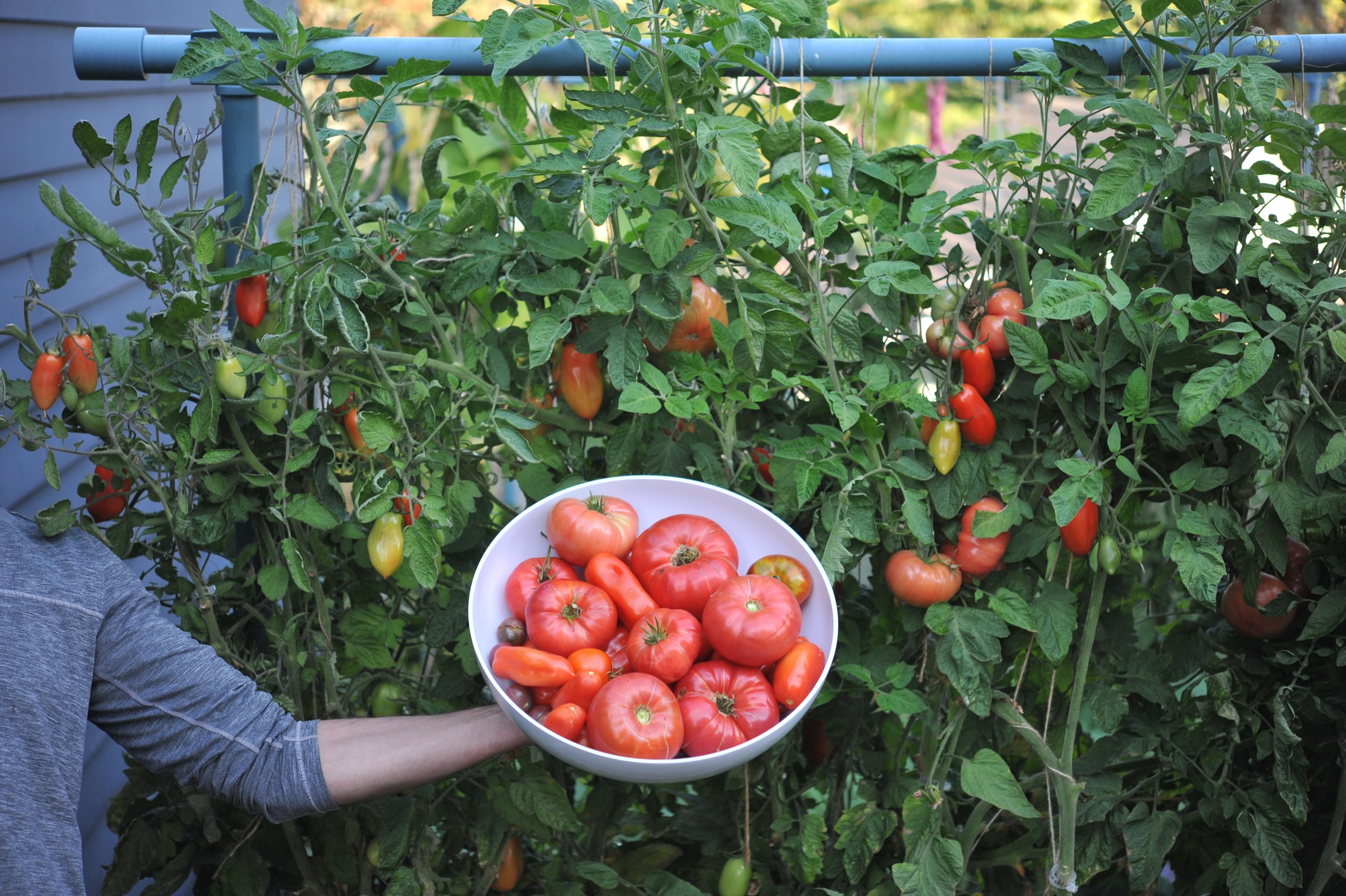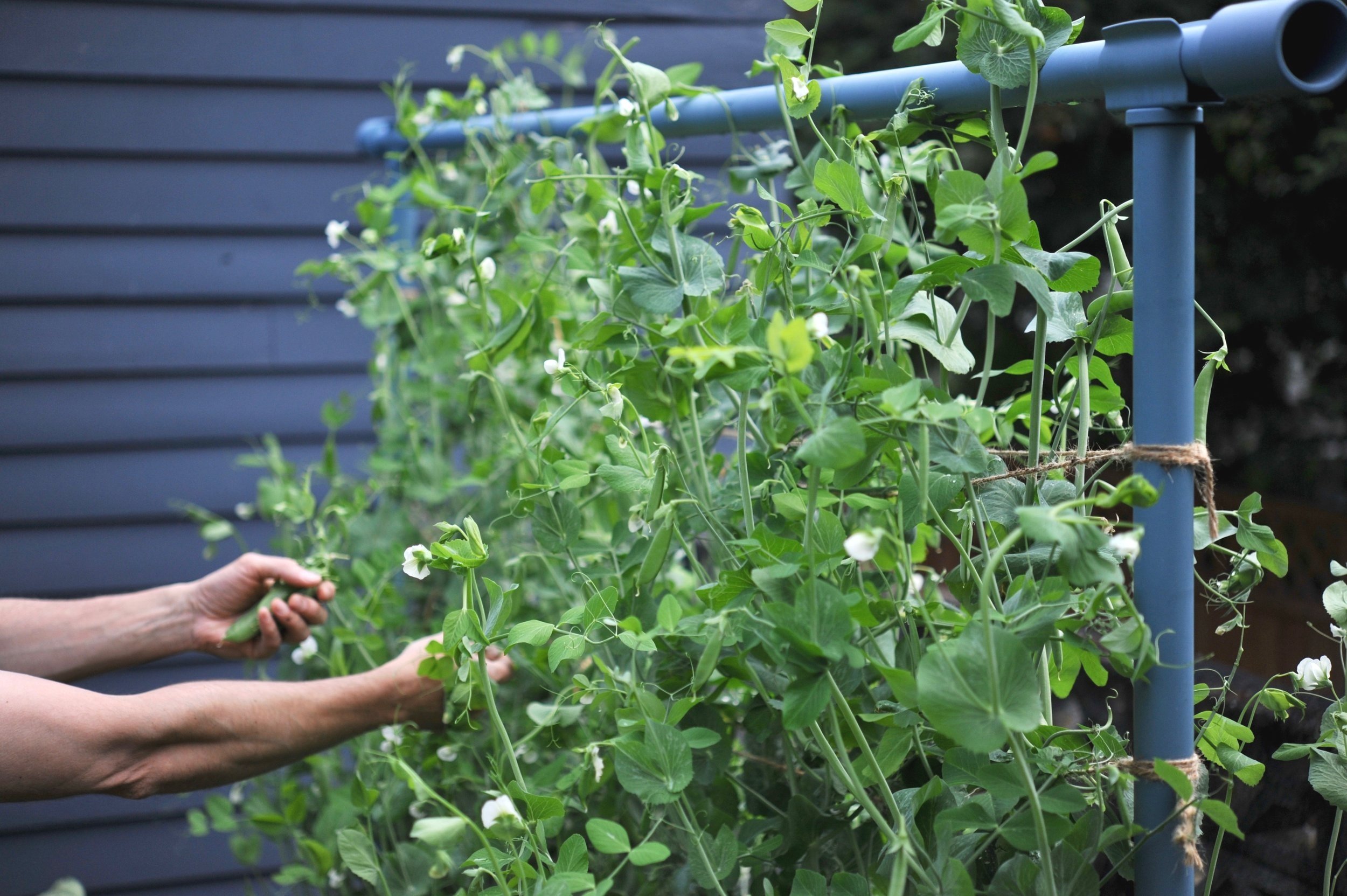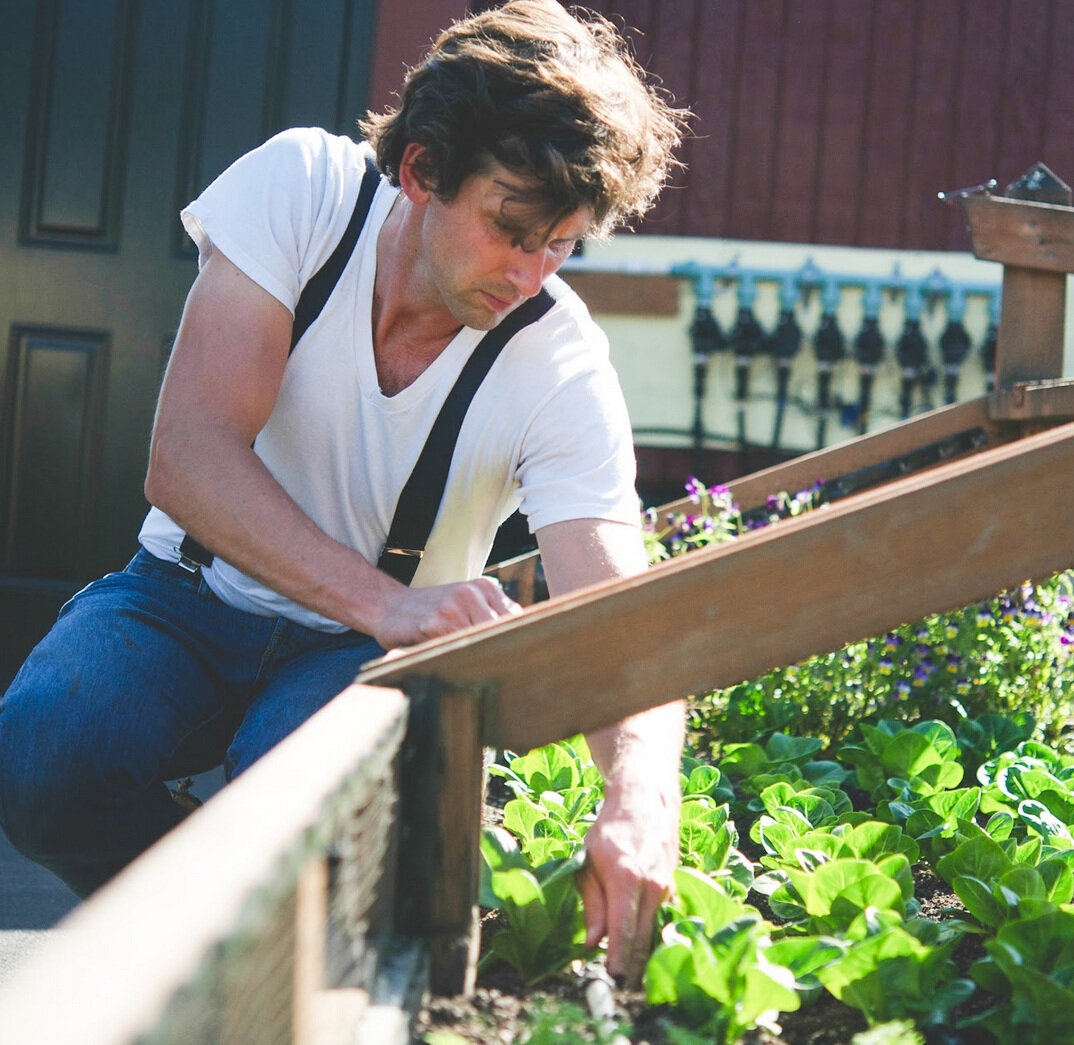This week we continue our seed ordering discussion by talking about quantities of seed and how much of each type you'll want to order. We'll also touch on why it might actually make more sense for you to buy some crops as seeds, but others as transplants from your local nursery. Lastly, we'll share tips and clues that you can use to select the right variety for your intended application.
HOW TO LISTEN:
Listen right now in your browser by clicking above.
Subscribe in iTunes (or your favorite podcast player) to have our podcasts sent directly to your device.
SHOW NOTES:
In this episode, we discuss:
How much seed to order
Starting from seed vs. buying as transplants
Ordering seeds for your intended applications
Important Take-aways:
As a general rule for the beginning gardener, when trying to determine the quantity of seeds to order for a new crop, I would suggest, 'when in doubt, order the smallest amount.'. For many crops, this will provide you with all of the seed you need or the entire season or for multiple seasons.
Consider the lifespan of seed. Most vegetable seeds have the potential to remain viable for at least 2-5 years, but there are definitely some exceptions. Allium seeds tend to store for only a one season, and peppers, spinach and cilantro store for only about 2 seasons. Potato seed, which is a tuber, will only store for a few months before it starts to rot.
We're all about starting our transplants from seed at Seattle Urban Farm Co., and highly recommend you experiment with this on your own. But, if you don't have the space or time, there is nothing wrong with buying healthy transplants from your local nursery.
When it comes to certain crops, I'd actually recommend buying them as transplants from your local garden center unless you have a dedicated plant nursery. Many long season crops, such as tomatoes, onions, leeks, peppers and eggplant need to be started in the winter, but may not be planted out into your garden until spring or even early summer. This means that you will need to care for them on a daily basis for up to 3-4 months before they can be planted outside.
You may search for seeds that are especially adapted to a particular season or your particular climate. For example, some seed descriptions will indicate if a variety was bred to tolerate specific weather conditions. This information may be included in the variety name, as in 'Black Summer' bok choi. Alternatively, this information may be nestled into the larger description of the crop, which might say something like 'great summer variety' or 'slow bolting' or 'best when planted for spring production.' Some descriptions even call out regions in which the crops is know to grow well.
Like what you hear? Please share our podcast with a friend. Subscribe on iTunes or your favorite podcast player so you never miss a beat. And we'd really appreciate you showing us some love by leaving a rating and review on iTunes.
Have a topic you'd like see us dig in to? Leave us a note in the comment section below or #EBpodcast on Instagram and Twitter!













